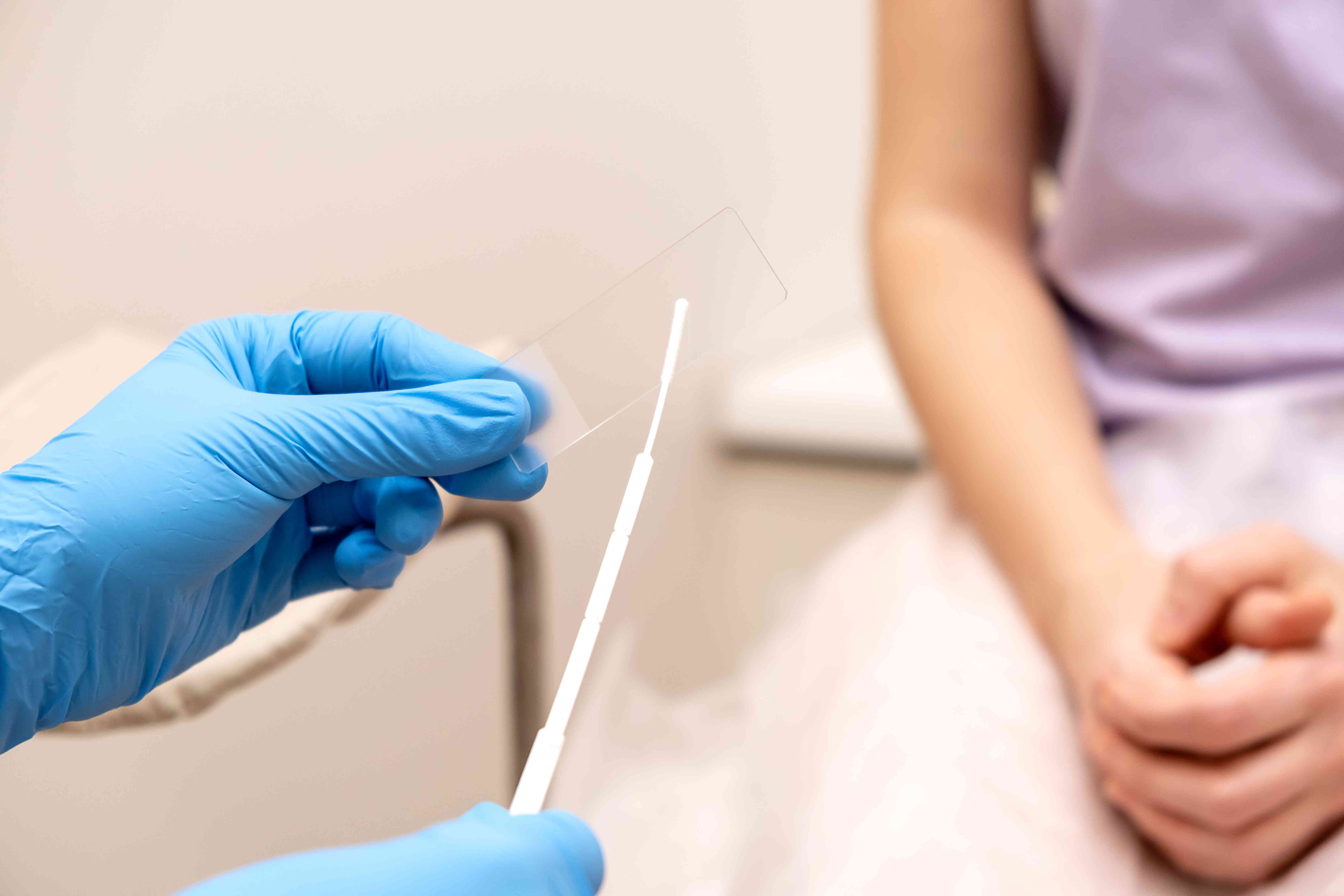
Yeast infections can be a real nuisance, causing discomfort and itching. But how do you know if you actually have one? Testing for yeast infections is crucial to ensure proper treatment. Yeast infection testing involves various methods, from simple at-home kits to more detailed lab tests. These tests help identify the presence of Candida, the fungus responsible for most yeast infections. Knowing the facts about yeast infection testing can save you time, money, and unnecessary stress. In this post, we'll cover ten essential facts about yeast infection testing, helping you understand the process better and make informed decisions about your health.
What is a Yeast Infection?
Yeast infections are common fungal infections caused by an overgrowth of Candida, a type of yeast. They can affect various parts of the body, but are most commonly found in the vaginal area. Understanding how to test for yeast infections can help in managing and treating them effectively.
Why Testing is Important
Testing for yeast infections ensures accurate diagnosis and appropriate treatment. Misdiagnosis can lead to ineffective treatments and prolonged discomfort.
-
Self-Diagnosis is Often Inaccurate
Many people mistake yeast infections for other conditions like bacterial vaginosis or sexually transmitted infections. Accurate testing helps differentiate between these conditions. -
Home Test Kits are Available
Over-the-counter home test kits can provide preliminary results. These kits usually involve a swab and a color-changing strip to indicate the presence of yeast. -
Doctor's Office Tests are More Reliable
Tests conducted in a medical setting are more accurate. A healthcare provider can take a sample and send it to a lab for detailed analysis.
Types of Yeast Infection Tests
Different tests can be used to diagnose a yeast infection. Each has its own method and level of accuracy.
-
Microscopic Examination
A sample of vaginal discharge is examined under a microscope. This test can quickly identify the presence of Candida yeast cells. -
Culture Test
The sample is placed in a culture medium to allow yeast to grow. This test can take a few days but is very accurate in identifying the specific type of yeast. -
DNA Test
Advanced DNA tests can detect the genetic material of Candida. These tests are highly accurate but also more expensive.
Symptoms That Warrant Testing
Recognizing the symptoms that indicate a yeast infection can prompt timely testing and treatment.
-
Itching and Irritation
Persistent itching and irritation in the vaginal area are common symptoms. If these symptoms occur, testing is advisable. -
Unusual Discharge
A thick, white, cottage cheese-like discharge often accompanies yeast infections. This symptom is a strong indicator that testing is needed.
Treatment Based on Test Results
Once a yeast infection is confirmed through testing, appropriate treatment can be administered.
-
Antifungal Medications
These can be prescribed in various forms, including creams, ointments, tablets, and suppositories. The choice depends on the severity and location of the infection. -
Lifestyle Adjustments
Wearing breathable clothing, maintaining good hygiene, and avoiding irritants can help prevent future infections. Test results can guide these lifestyle changes.
Understanding yeast infection testing can lead to better health outcomes and quicker relief from symptoms. Accurate diagnosis is key to effective treatment.
Key Points to Remember
Yeast infections can be uncomfortable, but testing helps identify them accurately. Symptoms like itching, burning, and unusual discharge signal a need for testing. Over-the-counter tests offer convenience, while lab tests provide precision. Home remedies might offer relief, but professional advice ensures proper treatment. Prevention includes good hygiene, wearing breathable fabrics, and avoiding unnecessary antibiotics. Diet also plays a role; reducing sugar intake can help. Recurring infections may need a deeper look into underlying causes. Pregnant women should be extra cautious and consult healthcare providers. Men can get yeast infections too, though it's less common. Early detection and treatment prevent complications. Stay informed, take symptoms seriously, and seek medical advice when needed. Your health matters, so don't ignore signs of a yeast infection.
Was this page helpful?
Our commitment to delivering trustworthy and engaging content is at the heart of what we do. Each fact on our site is contributed by real users like you, bringing a wealth of diverse insights and information. To ensure the highest standards of accuracy and reliability, our dedicated editors meticulously review each submission. This process guarantees that the facts we share are not only fascinating but also credible. Trust in our commitment to quality and authenticity as you explore and learn with us.


